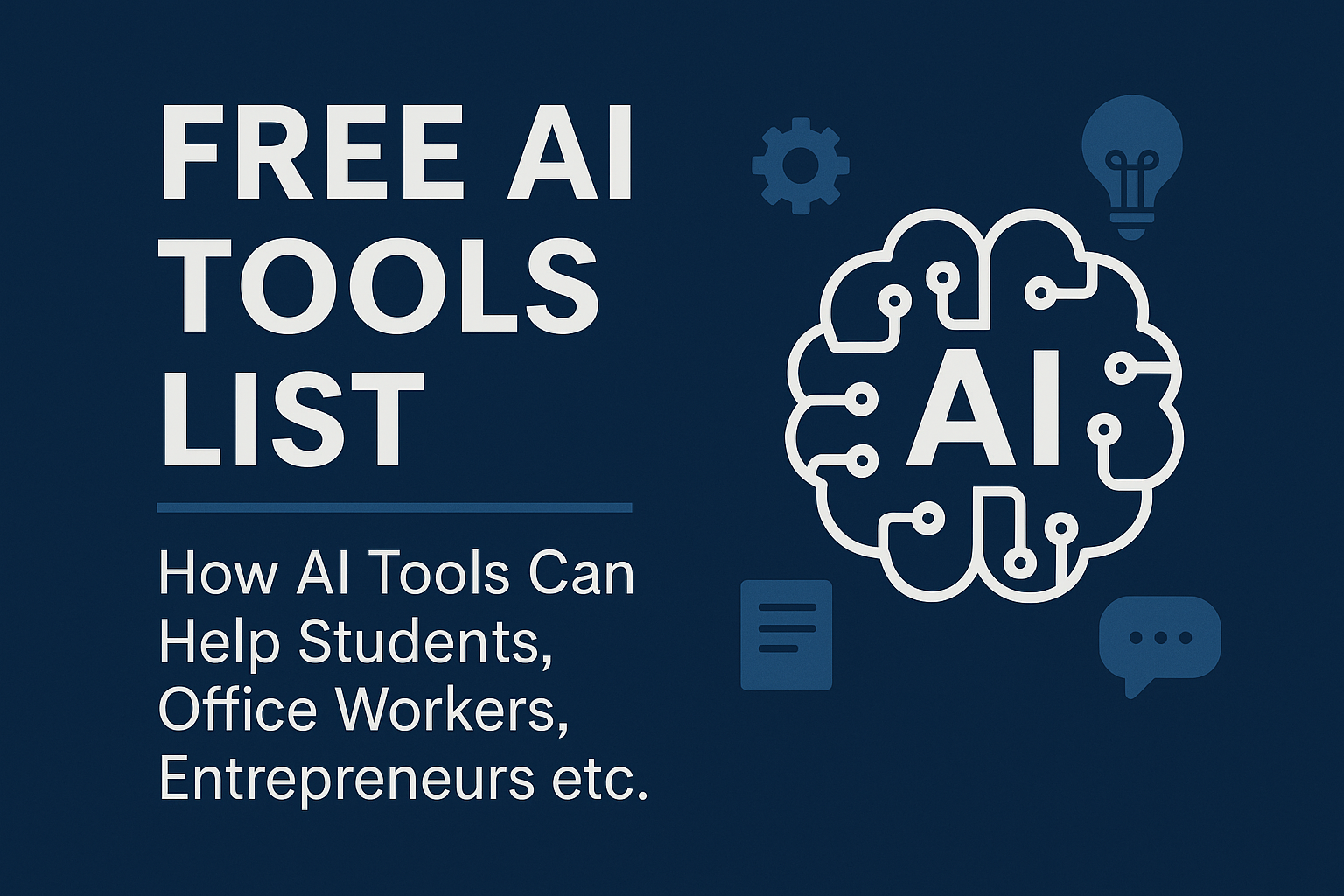
On Page SEO Factors, everything starts when ranking your site on Google is with on-page SEO. Sure, off-page SEO (such as backlinks and brand mentions) is all the rage, but the reality is: if your on-page pieces aren‘t in place, your site won‘t have a prayer—even with an avalanche of backlinks.
So, what is on-page SEO, and what matters the most? Let‘s take a closer look at the top on-page SEO elements that every digital marketer, blogger, or website owner must learn.
What is On-Page SEO?
On-page SEO (which is also referred to as on-site SEO) means optimizing each page within your website to rank higher in search engines and bring in more relevant traffic. It comprises all from your content and meta tags to your images, internal links, and URL structure.
In contrast to off-page SEO, where you have to trust third-party indicators such as backlinks, on-page SEO is entirely in your hands. It‘s the building block of your search visibility—get this aspect right, and the rest happens more smoothly.
1. Title Tags: The First Impression
Your title tag is one of the most powerful on-page SEO factors. It‘s the clickable headline that shows in search engine results pages, and it controls your click-through rate (CTR) directly.
Best Practices:
Place your main keyword towards the start.
Limit it to under 60 characters so it does not get truncated.
Make it enticing enough to receive a click.
Example:
✅ “Top 10 On Page SEO Factors to Rank Higher in 2025”
❌ “Learn Everything About Search Engine Optimization Now”
2. Meta Descriptions: Increase CTR Without Rankings
Although meta descriptions don‘t directly influence your ranking, they do have a big influence on how many people click on your page. Consider them an offer for your content.
Best Practices:
Limit it to 150–160 characters.
Use your primary keyword organically.
Emphasize a benefit or solution.
Example:
“Discover the most important on page SEO factors you should optimize to enhance your search visibility and drive more organic traffic in 2025.”
3. Header Tags: Organize and Optimize
Header tags (H1, H2, H3, etc.) organize your content and facilitate readability—both for humans and search engines. They assist Google in comprehending the hierarchy and topic flow of your content.
Best Practices:
Utilize only one H1 on a single page (most likely your title).
Use H2s and H3s to organize subtopics.
Use keywords in headers when necessary.
4. Keyword Placement and Usage
Proper keyword optimization is all about balance. Place keywords where it matters most—not everywhere.
Primary Areas to Place Keywords:
The page title
The first 100 words
One or two headers
Naturally throughout the content
In the URL, meta description, and image ALT tags
Don’t keyword stuff—that can hurt your rankings and user experience.
5. URL Structure: Keep it Clean
SEO-friendly URLs are short, descriptive, and easy to read—for users and search engines too.
Best Practices:
Include the main keyword.
Use hyphens rather than underscores.
Minimize unnecessary numbers, dates, or parameters.
Example:
✅ yoursite.com/on-page-seo-factors
❌ yoursite.com/page-id=8739&topic=seo
6. Internal Linking: Build Connections
Internal links assist Google in finding other pages on your website, and they also keep visitors interested by directing them to related content.
Advantages:
Distributes link equity throughout your website
Enhances site navigation
Boosts time-on-site
Tip: Link similar blog posts together with descriptive anchor text, not vague phrases such as “click here.”
7. Image Optimization: Don‘t Ignore This One
Images contribute significantly to user experience, but if not properly optimized, can slow down your site and damage your rankings.
Best Practices:
Use descriptive file names (e.g., seo-checklist-2025.png)
Include ALT text with keywords (for accessibility and SEO)
Optimize images to minimize file size (using tools such as TinyPNG or ShortPixel)
8. Mobile Friendliness: Non-Negotiable in 2025
Since Google now employs mobile-first indexing, your site needs to work well on every screen size.
Best Practices:
Utilize responsive design
Don’t use intrusive pop-ups or difficult-to-read fonts while performing on page seo factors
Make your buttons and menus touch-friendly
Test your site with Google‘s Mobile-Friendly Test to find problems.
9. Page Load Speed: Faster = Better
Speed is a direct ranking signal—and a slow site is lost traffic. Users expect your page to load in less than 3 seconds.
Speed Tips:
Optimize images and utilize newer formats (WebP)
Minify CSS, JavaScript, and HTML
Use caching and a Content Delivery Network (CDN)
Test your load speed with Google PageSpeed Insights or GTmetrix.
10. High-Quality, Relevant Content
Content reigns supreme. All optimization will be for nothing if your content doesn‘t resolve issues, respond to questions, or deliver value.
Content Advice:
Write based on user intent.
Make it actionable, informational, and readable.
Refresh aging content from time to time so that it‘s always fresh.
Go for substance over filler—Google penalizes pages that scratch the surface in their content discussions.
Bonus Tip: Apply Structured Data (Schema Markup)
Adding structured data makes it easier for search engines to understand your content and can result in rich snippets—such as star ratings or FAQs—on search results.
Get started with tools like Google‘s Structured Data Markup Helper or Schema.org.
Final Thoughts
Mastery of on-page SEO is like making over your site for both search engines and users. By concentrating on technical accuracy, quality content, and user experience, you‘re laying a strong foundation that everything else you do in SEO will be built upon.
Don‘t neglect these important on page seo factors, then. Regularly audit your pages, keep current with best practices, and see your rankings rise.

